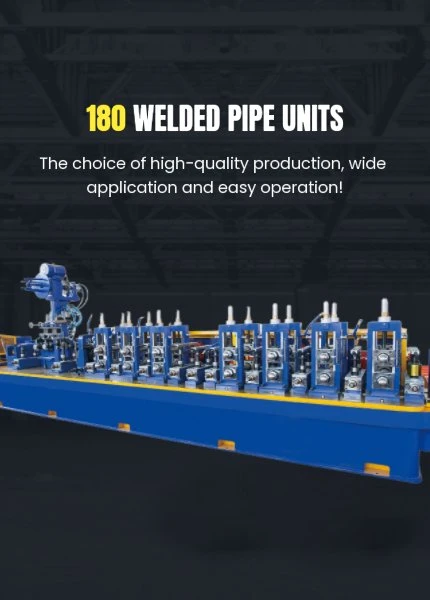The operation of a small straightening machine is typically straightforward. Metal strips are fed into the machine, where they pass through a series of rollers and straightening tools. These components exert pressure on the metal to realign it, effectively eliminating any irregularities. The process is often automated, enabling faster production rates and reducing the chances of human error. As a result, manufacturers can increase their output without compromising on quality.

2. Technology and Automation Levels The level of automation integrated into the machine also plays a crucial role in determining the price. Advanced machines with automated features such as computerized controls, auto-feeders, and real-time monitoring tend to be more expensive. While the upfront cost might be higher, such features can lead to increased productivity and reduced labor costs over time.
